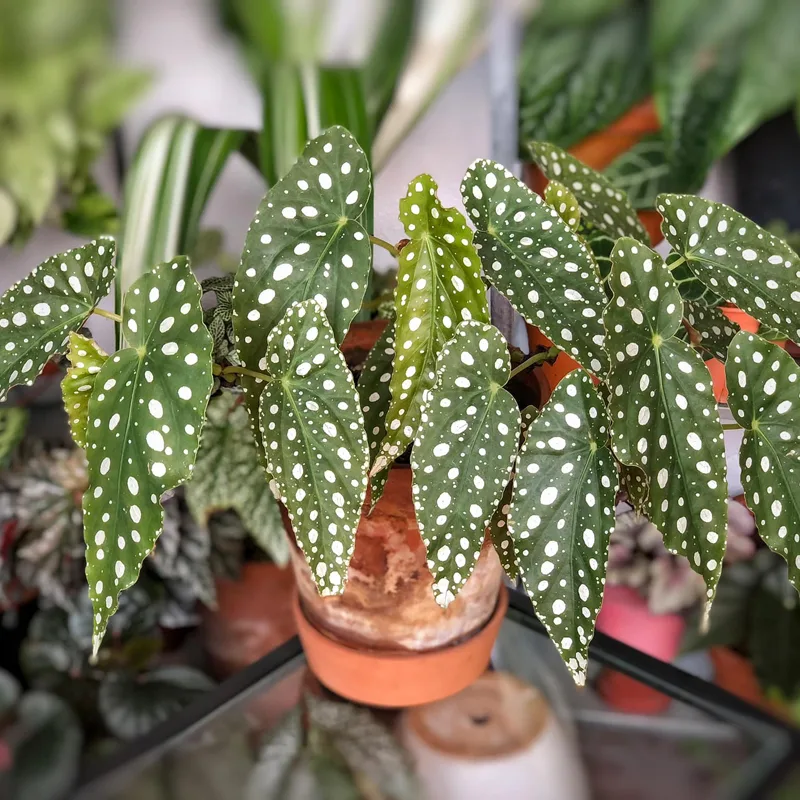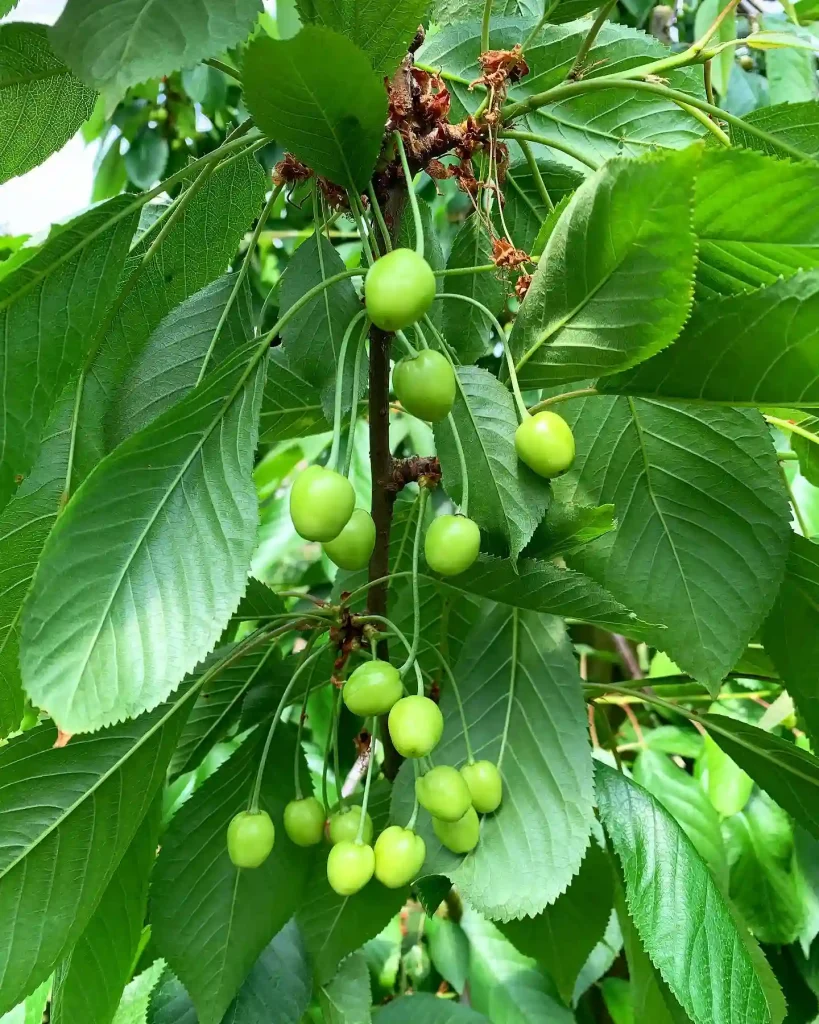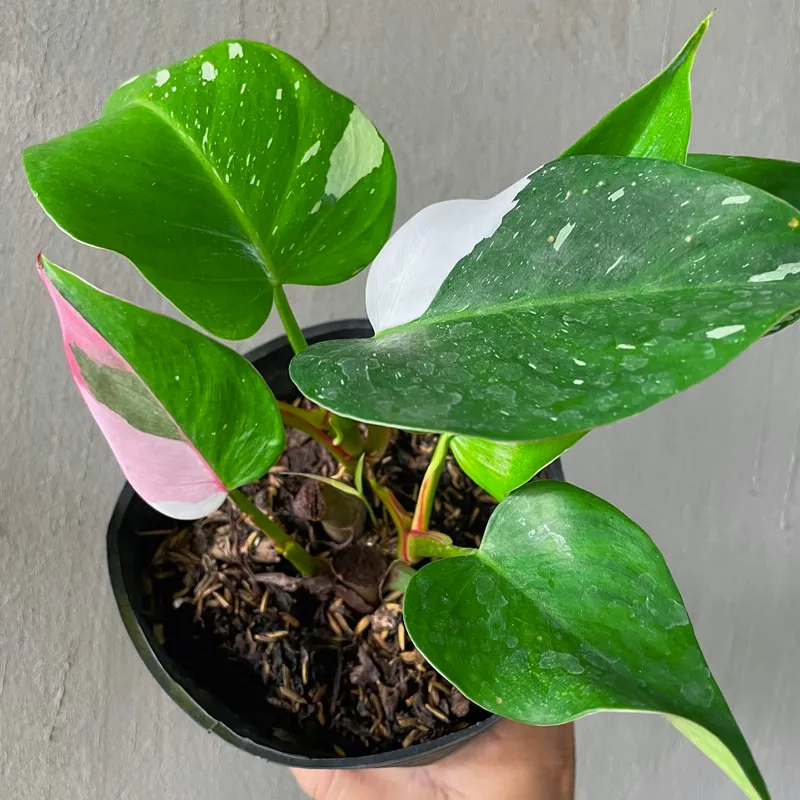FAQs About Socratea Exorrhiza
When it comes to unique and striking plants, Socratea Exorrhiza, also known as the Walking Palm, definitely stands out. This intriguing species is known for its unusual stilt-like roots and can spark a lot of questions from enthusiasts and curious minds alike. In this article, I’ll dive into the most frequently asked questions about Socratea Exorrhiza, sharing insights from my own experiences and research.
What Is Socratea Exorrhiza?
Socratea Exorrhiza belong to the Arecaceae family, is a palm native to the rainforests of Central and South America. It’s often called the Walking Palm due to its remarkable root system. The plant’s roots grow upwards and then extend downwards, giving it a unique appearance that resembles legs. This adaptation allows the palm to stabilize itself and even “walk” slowly towards better light conditions over time.
Plant Family: 184 Genera in Arecaceae
How to Care for Socratea Exorrhiza?
Caring for Socratea Exorrhiza can be a rewarding experience if you understand its needs. This palm thrives in a tropical environment with high humidity and warm temperatures. Here are some key care tips:
- Light: Socratea Exorrhiza prefers bright, indirect light. In its natural habitat, it grows under the canopy of taller trees, so direct sunlight can be too harsh.
- Watering: Keep the soil consistently moist but not waterlogged. The plant’s roots are adapted to absorb moisture efficiently, but overwatering can still cause problems.
- Humidity: This palm enjoys high humidity. If you’re growing it indoors, consider using a humidifier or placing the pot on a tray of pebbles and water to increase moisture around the plant.
- Temperature: It thrives in temperatures between 70°F and 85°F (21°C to 29°C). Protect it from cold drafts and temperatures below 50°F (10°C).
How to Propagate Socratea Exorrhiza?
Propagating Socratea Exorrhiza can be challenging, as it typically requires the right conditions to thrive. The most effective method is through seeds:
- Seed Collection: Collect seeds from mature fruits. They should be fresh and viable.
- Preparation: Soak the seeds in water for 24 hours before planting to help with germination.
- Planting: Plant the seeds in a well-draining potting mix and keep them warm and humid.
- Germination: Be patient, as seeds can take several months to germinate. Maintain high humidity and warmth to encourage growth.
What to Plant With Socratea Exorrhiza?
When choosing companion plants for Socratea Exorrhiza, consider species that thrive in similar conditions. Good options include:
- Philodendrons: These tropical plants share the same humidity and light preferences.
- Calatheas: Known for their striking foliage, Calatheas complement the Walking Palm’s exotic appearance.
- Ferns: Their lush, green foliage can enhance the tropical look and help maintain high humidity around the palm.
Can You Grow Socratea Exorrhiza Indoors?
Yes, you can grow Socratea Exorrhiza indoors, but it requires a bit of attention to its environmental needs. Ensure it receives sufficient indirect light and maintain high humidity levels. A large space is ideal, as this palm can grow quite tall. Be prepared to provide a humidifier or other means to replicate its natural tropical environment.
Is Socratea Exorrhiza Toxic?
Socratea Exorrhiza is not considered toxic to humans or pets. It is generally safe to grow in households with animals or children. However, it’s always a good idea to keep any plant out of reach of curious pets or young children to avoid any potential issues.
What Eats Socratea Exorrhiza?
In its natural habitat, Socratea Exorrhiza faces threats from various herbivores. Some insects, such as beetles and caterpillars, may feed on its leaves. In a controlled environment, pests like spider mites or mealybugs might be an issue. Regularly inspecting the plant and maintaining good care practices can help prevent and manage pest problems.
Benefits of Socratea Exorrhiza
Growing Socratea Exorrhiza offers several benefits:
- Aesthetic Appeal: Its unique root system and lush foliage make it a stunning addition to any plant collection.
- Air Purification: Like many tropical plants, it can help improve indoor air quality by filtering out pollutants.
- Conversation Starter: The Walking Palm’s unusual appearance often attracts interest and admiration from visitors.
Common Problems with Socratea Exorrhiza
Even with proper care, Socratea Exorrhiza can encounter a few issues:
- Leaf Yellowing: This can be a sign of overwatering or poor drainage. Ensure the soil is well-draining and adjust watering practices.
- Pest Infestations: Keep an eye out for pests and treat infestations promptly with appropriate insecticides or natural remedies.
- Root Rot: Caused by excessive moisture, root rot can be mitigated by ensuring proper drainage and avoiding overwatering.
Comparing Socratea Exorrhiza with Other Palms
When comparing Socratea Exorrhiza with other palms like the Areca Palm or the Kentia Palm, a few distinctions stand out:
- Root System: Socratea Exorrhiza’s stilt-like roots are unique compared to the more conventional root systems of Areca and Kentia palms.
- Size and Growth: Socratea Exorrhiza tends to grow taller and has a more dramatic appearance due to its roots, whereas Areca and Kentia palms have more traditional, elegant silhouettes.
Socratea Exorrhiza is truly a fascinating plant with unique care requirements and benefits. By understanding its needs and characteristics, you can enjoy its beauty and bring a piece of the tropical rainforest into your space.
If i die, water my plants!



